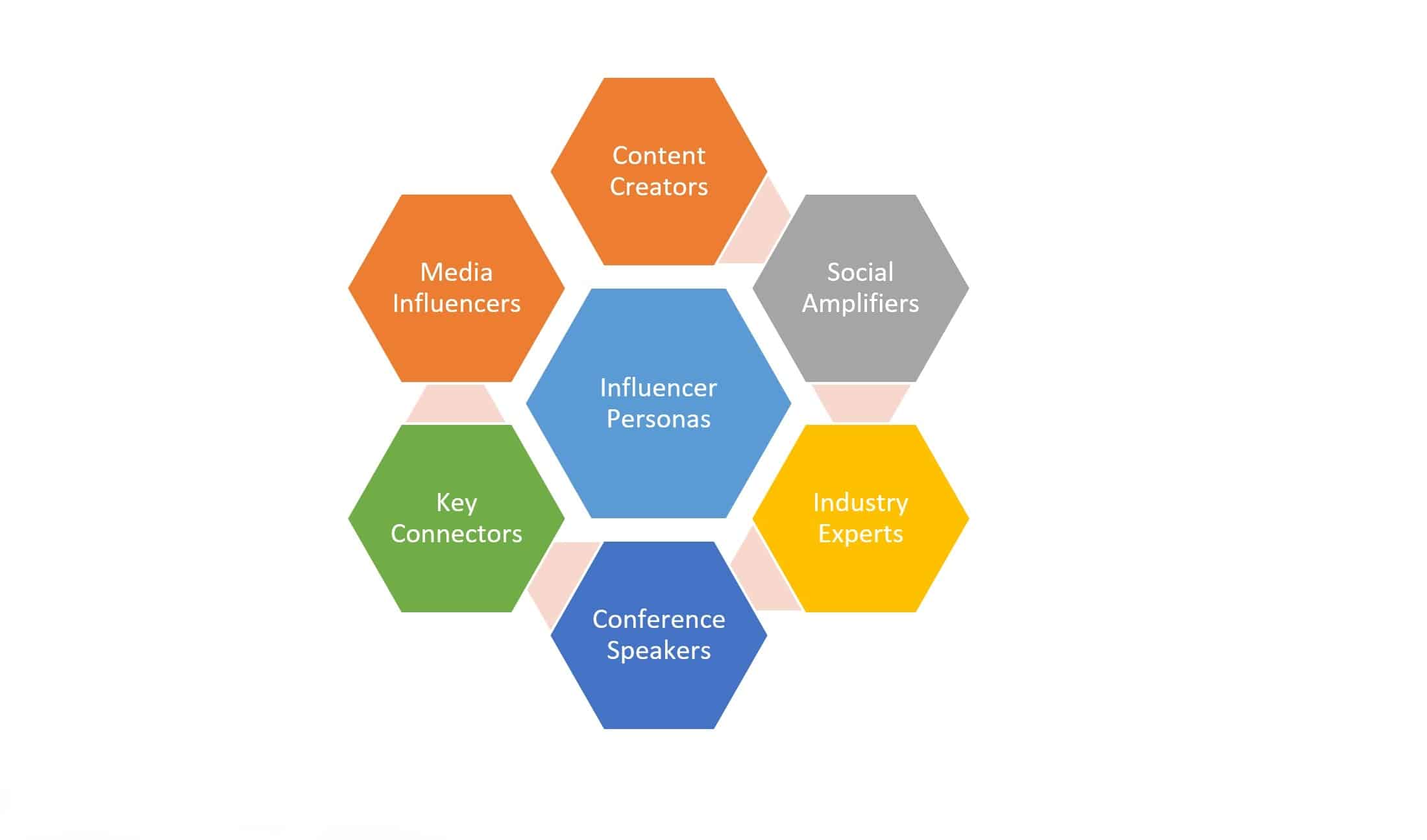Unlike B2C marketing, influencer marketing for B2B is about partnering with industry experts to add credibility and support good brand content, and the best way to do so is to get industry experts on board. And what would it take to get leadership buy-in influencer marketing? The best way to do this is your homework, derive a hypothesis, and recommend a pilot. It will, therefore, prove that not only influencer marketing is a viable tactic but, effective to support the objectives for any business.
Does influencer marketing work in B2B?
We all know influencer marketing has been synonymous with B2C marketing for quite a long time, but of late, it has gained popularity in the B2B world as well. Statistics suggest that 94% of marketers who have used influencer marketing believe that it is an effective tactic to drive leads and revenue. Also, talking about the return of investments, businesses generate $6.50 for every $1 invested in influencer marketing. By engaging with influencers, you not only significantly increase the credibility of your brand, but also ensure your products and services reach and make a tangible impact on your target audience.
Three ways to win leads and influence people
Having a robust influencer marketing strategy can not only help you bring in more customers for your business, but it will also enable you to create a unique position for your brand in the market. We’re discussing our top tips for optimizing your approach to influencer marketing:
Choose the right people for your brand
Finding the right kind of influencer for your brand means using proper techniques and the right tactics to focus on the topics to identify, build relationships, and engage the right experts. Every influencer type holds a different value for your audience and your brand, thus making their contribution towards the engagement. It is also imperative to find out the best influencer personas that match with your program. Some of the influencer types are listed below:

All these people have expertise in their field, which helps in engagement with the right audience. When starting, the best approach is to research thoroughly who they are, what they do, and their interests. Look for some congruity and commonality between your brand and its expertise to establish mutual interests. Once you’re acquainted with them, make the preliminary contact by posting insightful comments on their blog posts, videos, articles, etc. or by taking part in online forums. Follow them on social media, keep a check on what views they endorse, what they share, and who they interact with. Once you develop a mutual affinity, you’ll be ready to establish direct communication with them. The idea is also to prepare tailored emails for each person, so you can show your sincere interest in what they’re doing. Let them know you’ve been following their work profile and introduce yourself and your brand with a short but compelling pitch.
Read More: Email Marketing − Onwards And Upwards In The Mail Inbox
Be practical and realistic with your timelines
For B2B organizations, the schedule or the timeline is likely to be much longer than B2C companies, so you will need to consider sufficient time for your influencer marketing strategy. Firstly, your organizations should aim to build a relationship with an influencer you’re interested in working with. In the B2B sphere, the influencers you’re interested in are likely to be experts, and being an influencer might not probably be their full-time job. Therefore, creating and building up a rapport with them by engaging with them on social media is expected to work more than merely sending out cold emails. You will also need to have realistic expectations when it comes to seeing the results and the output of your campaign. While B2C organizations may see an immediate increase in purchases as a result of an influencer’s media post, the B2B buying process involves more people and takes relatively longer. It means that you should expect to work with an influencer for months (or even longer) to ensure your campaign reaches far and wide and as many people within that buying process as possible.
Take a collaborative approach
If we talk about influencer marketing, your aim shouldn’t be to have an expert repeat your brand’s promotional punch line – the audience will see right through this, and it will do nothing substantial to enhance your credibility in the market. Instead, take a collaborative approach to work with influencers. Since they regularly engage with your target audience, they’re likely to have more credible insights and expertise that you might not have– so make sure you leverage this to inform about your services or content. Work with them to build and market your content plan, as they may also be able to identify new channels to reach your target audience. Once you’ve established a good working relationship with an influencer, it gets more manageable, and you become more comfortable with making the most of your collaboration with them. But do remember, influencer marketing is not just confined to influencers pushing out content on social media. Try to involve them at various stages of promotion; for instance- invite them to speak at your events to further your credibility even further and get the most value from your collaboration and working relationship.
Conclusion
For B2B companies, influencer marketing is relatively an upcoming trend, and as such, it might be quite daunting for them, at least in the beginning. A little creativity in your approach, and when used effectively, influencer marketing can take your B2B brand places. But if you’re in the business and not giving it a try, you could be missing out on a great way to reach out to new potential customers – B2B marketers must be bold and enterprising if they want to stand out from the crowd.

